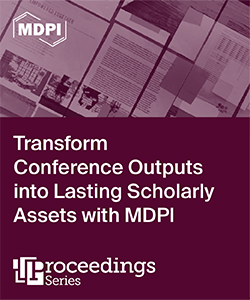Accueil / Calendrier de conférences / Informatique / Gestion des connaissances, Big Data Computing / Allemagne
Conférences > Informatique > Gestion des connaissances, Big Data Computing > Allemagne
Sélecionner un pays
1
Forschungstreffen — Agentic AI for Knowledge Engineering
11 mai 2026 - 13 mai 2026 • Schloss Dagstuhl, Allemagne
Identifiant de l'évènement:
1671518
Page web:
2
Dagstuhl-Seminar — Knowledge Compilation in Artificial Intelligence, Databases, and Formal Methods
25 mai 2026 - 29 mai 2026 • Schloss Dagstuhl, Allemagne
Identifiant de l'évènement:
1671537
Page web:
3
Dagstuhl-Seminar — KR Meets XAI: Bridging Symbolic and Neuro-Symbolic AI for True Explainability
05 jul 2026 - 10 jul 2026 • Schloss Dagstuhl, Allemagne
Identifiant de l'évènement:
1671614
Page web:
Conference-Service.com met à la disposition de ses visiteurs des listes de conférences et réunions dans le domaine scientifique. Ces listes sont publiées pour le bénéfice des personnes qui cherchent une conférence, mais aussi, bien sûr, pour celui des organisateurs. Noter que, malgré tout le soin que nous apportons à la vérification des données entrées dans nos listes, nous ne pouvons accepter de responsabilité en ce qui concerne leur exactitude ou étendue. Pensez donc à vérifier les informations présentées avec les organisateurs de la conférence ou de la réunion avant de vous engager à y participer!
Dernière mise à jour: 29 juillet 2025



